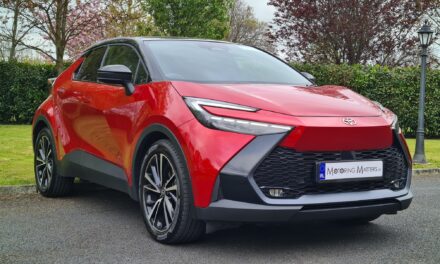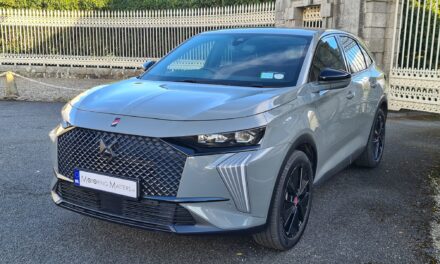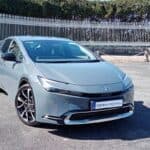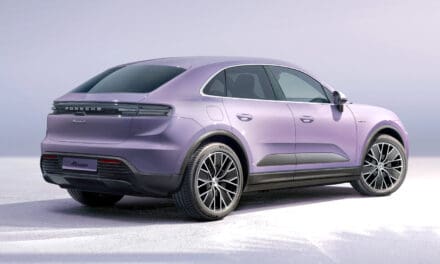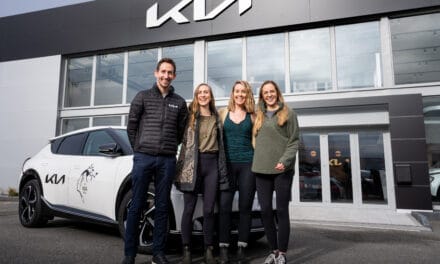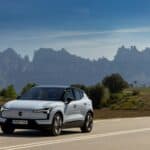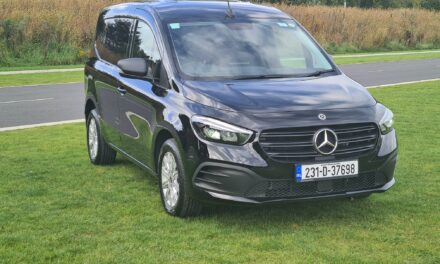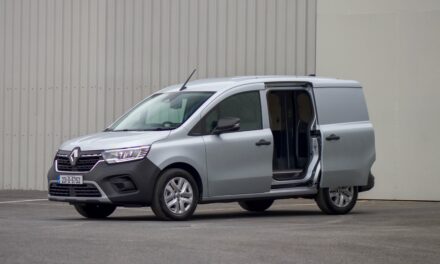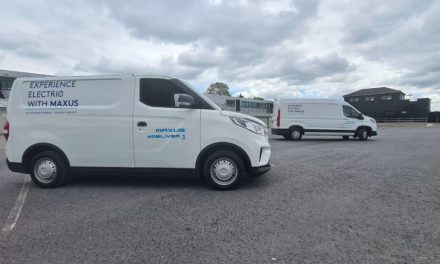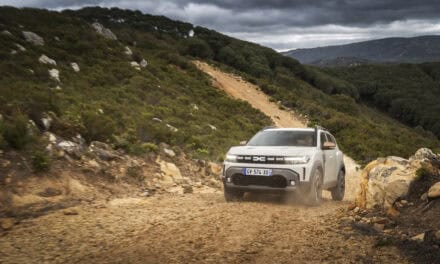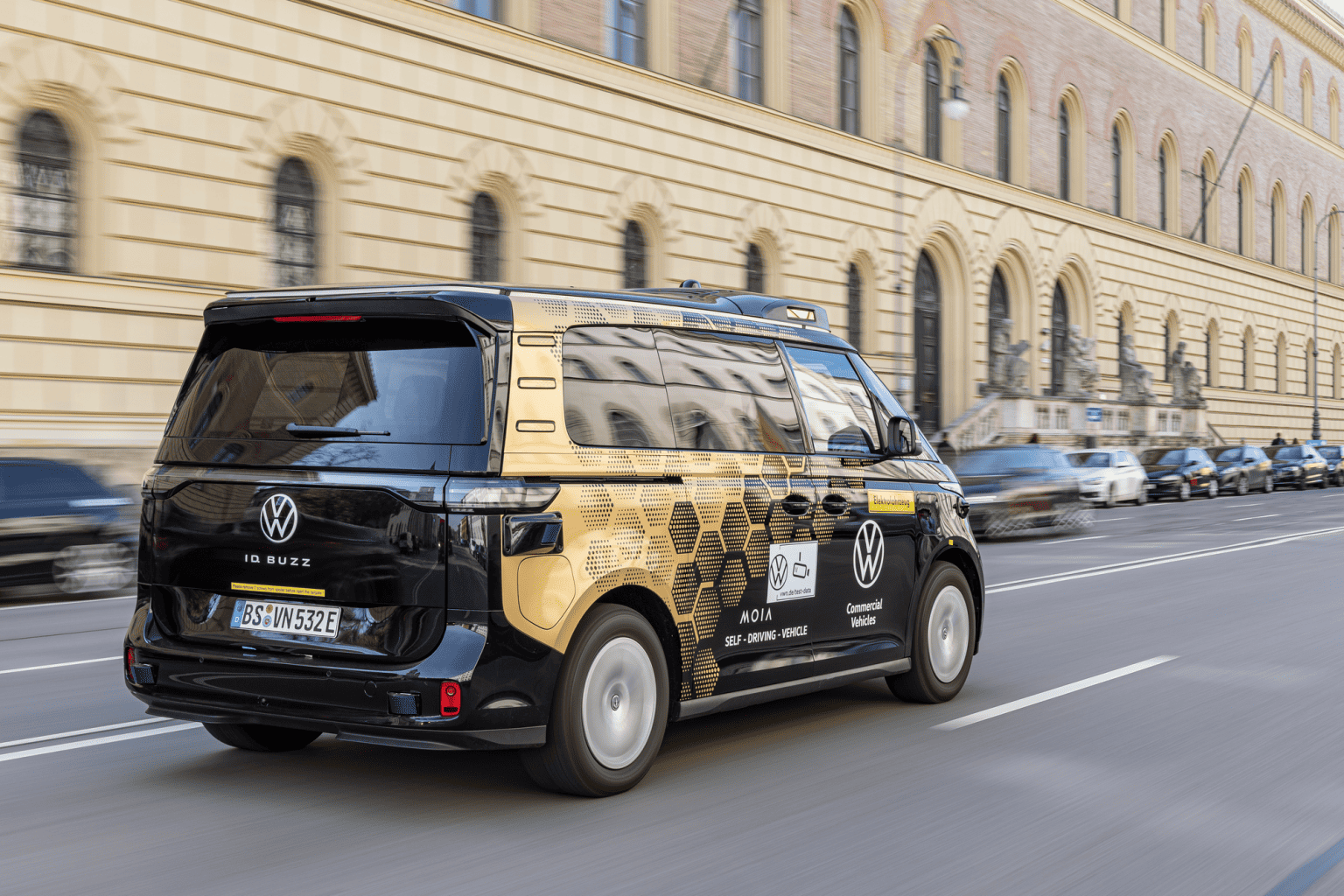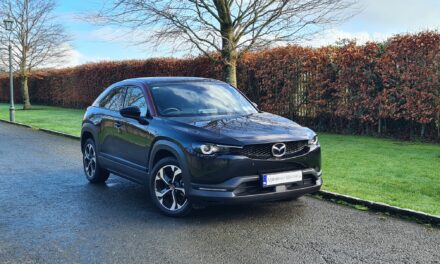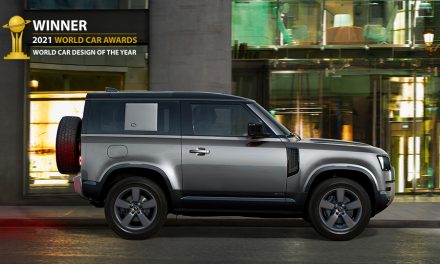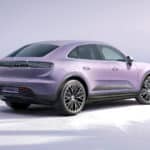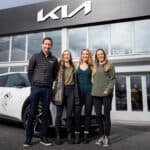
Volkswagen Commercial Vehicles conducts its first autonomous driving tests with passengers in Munich.
Volkswagen Commercial Vehicles conducts its first autonomous driving tests with passengers in Munich.
Representatives from government, public authorities and the business world join journalists to find out the state of development on the first test drives with passengers
Current fleet of self-driving prototypes based on the Volkswagen ID. Buzz1 are on the roads in the design of ridesharing provider MOIA
Testing of AD technology with identical ID. Buzz prototypes has also been launched in North America
Tests are being carried out on public roads and at the test site to study as many traffic scenarios as possible
Development of autonomous vehicles for use in mobility and transport services is making great strides at Volkswagen Commercial Vehicles. On the road to series production readiness, the self-driving all-electric Volkswagen ID. Buzz AD (Autonomous Driving) will be hitting the road for the first time over the next few weeks, carrying decision-makers from politics, public authorities and business as well as media representatives so that they can get an idea of the vehicle’s control capabilities. Volkswagen’s test programme has also launched in parallel in Austin, Texas, USA. The AD vehicle development process is focused on the vehicle’s commercial use in urban centres in Europe and North America, both for ridesharing schemes and transport services.
“Expanding our autonomous vehicle programme to North America is the next step in our global strategic roadmap and the result of a long-term investment,” said Christian Senger, member of the Board of Management responsible for development of autonomous driving at Volkswagen Commercial Vehicles. “This will help us to test, validate and refine the technology on American roads as well.” The aim is to expand
both the establishment of commercially available transport services and the varied mobility portfolio of the Volkswagen Group.
The all-electric ID. Buzz vehicles offer mass production technology and are also equipped with a self-driving system from the technology company Mobileye. The growing test fleet collects data on miles driven in a variety of driving scenarios. Each of the vehicles, which are classified as level 4 vehicles according to the SAE standard, is equipped with cameras, radar and lidar technology. During the test phase, all vehicles are occupied by supervising human drivers at all times. The large-capacity model offers space for four passengers and can be produced in large quantities once it is ready for series production in order to meet growing mobility and transport requirements.
Volkswagen also has great experience in knowing what passengers want and what operators need – an important aspect for the development of such fleets. The Group subsidiary MOIA has been on the market as a mobility provider of ridesharing services since 2019 and has transported more than 8.5 million passengers to date. MOIA also contributes its data to the daily development work.
The launch of the testing programme in Texas at the Volkswagen Group of America (VWGoA) marks a further boost for the Volkswagen Group’s global research and development of autonomous vehicles. VWGoA will lead the strategy and business development in the US and has established a subsidiary called Volkswagen ADMT, LLC to support the roll-out of its autonomous vehicle programme with teams in Belmont, California and Austin, Texas.
Unlike in Germany, where MOIA will be the first to use autonomous vehicles, Volkswagen will not operate autonomous driving services itself in the US in the future; instead, this will be done by external companies from the mobility and transport sector.
1ID. Buzz: Power consumption in kWh/100 km: combined 22.0 – 20.6 (WLTP); CO2 emissions combined in g/km: 0; only consumption and emission values in accordance with WLTP and not NEDC are available for the vehicle. Information on consumption and CO2 emissions, shown in ranges, depends on the selected vehicle equipment.

